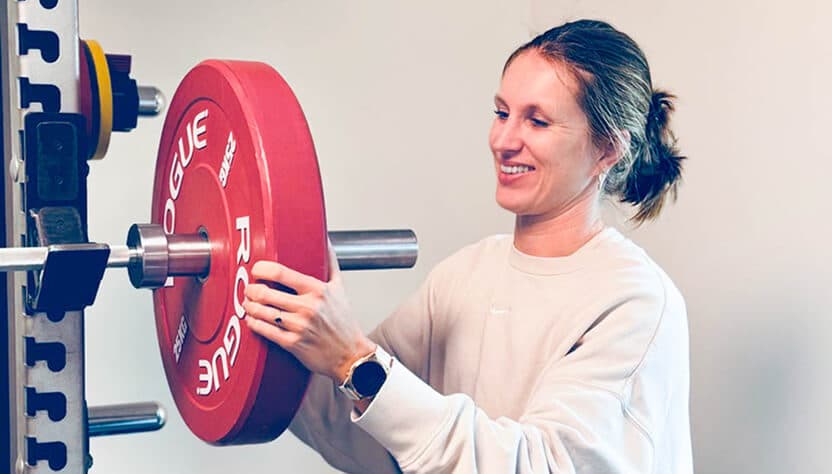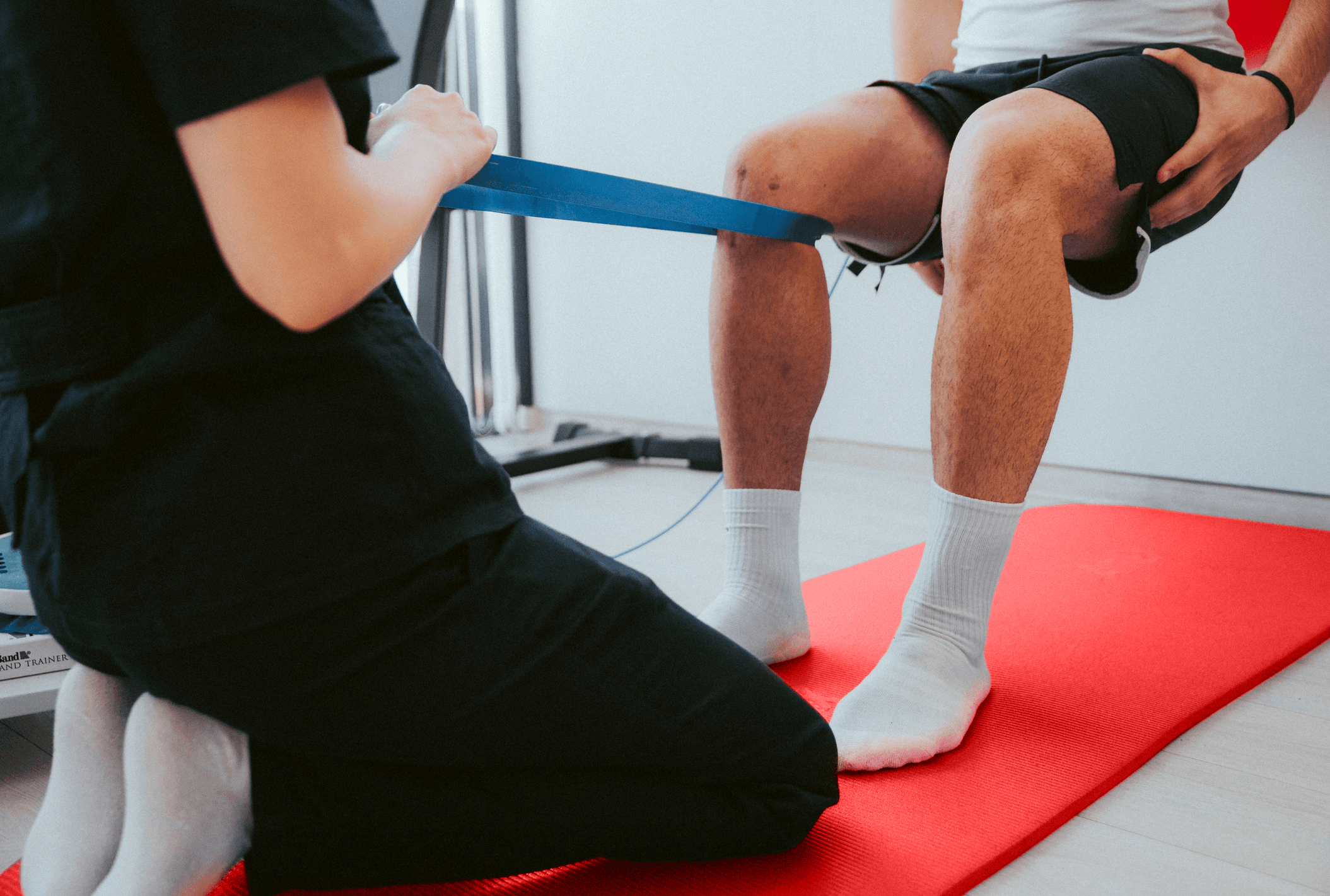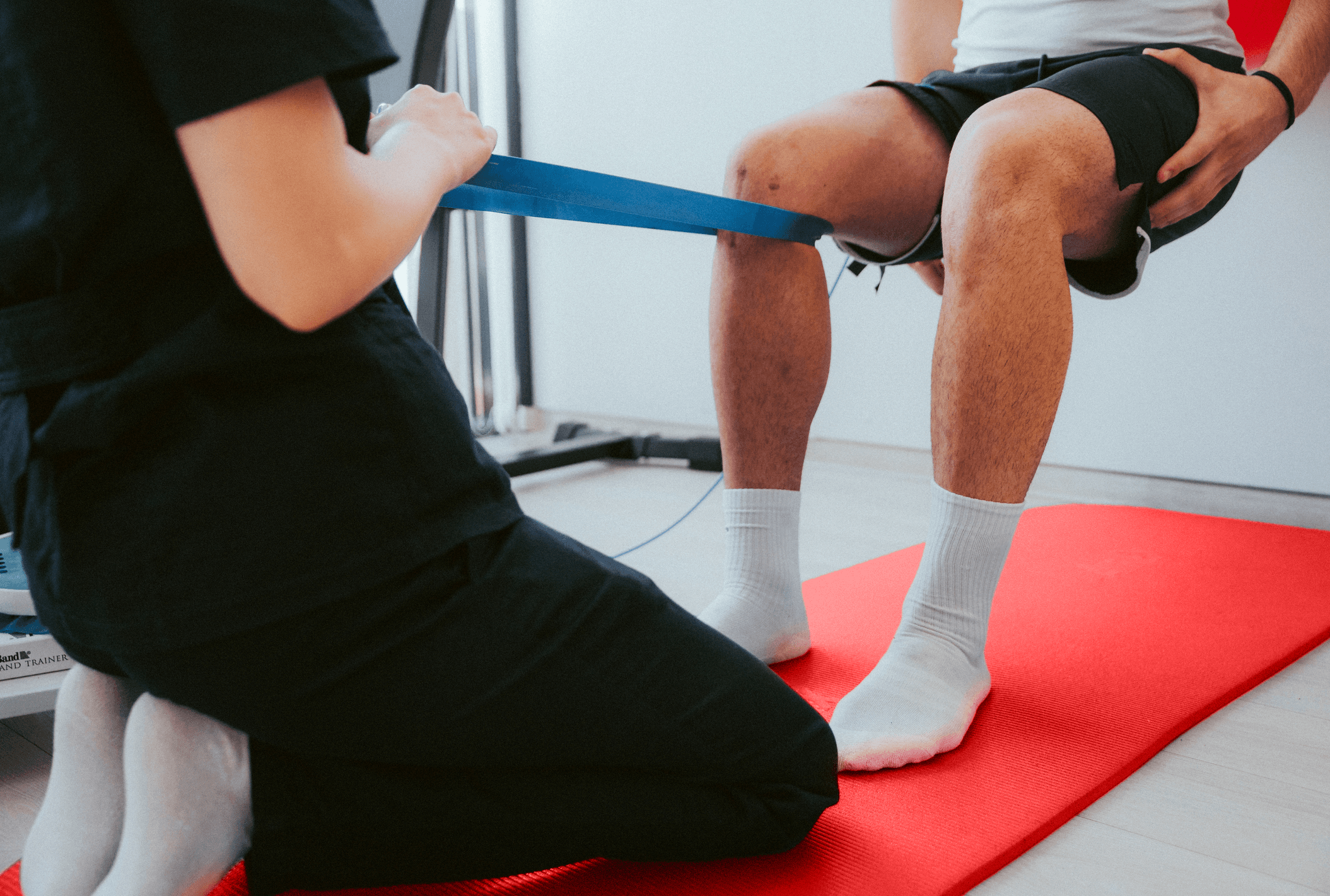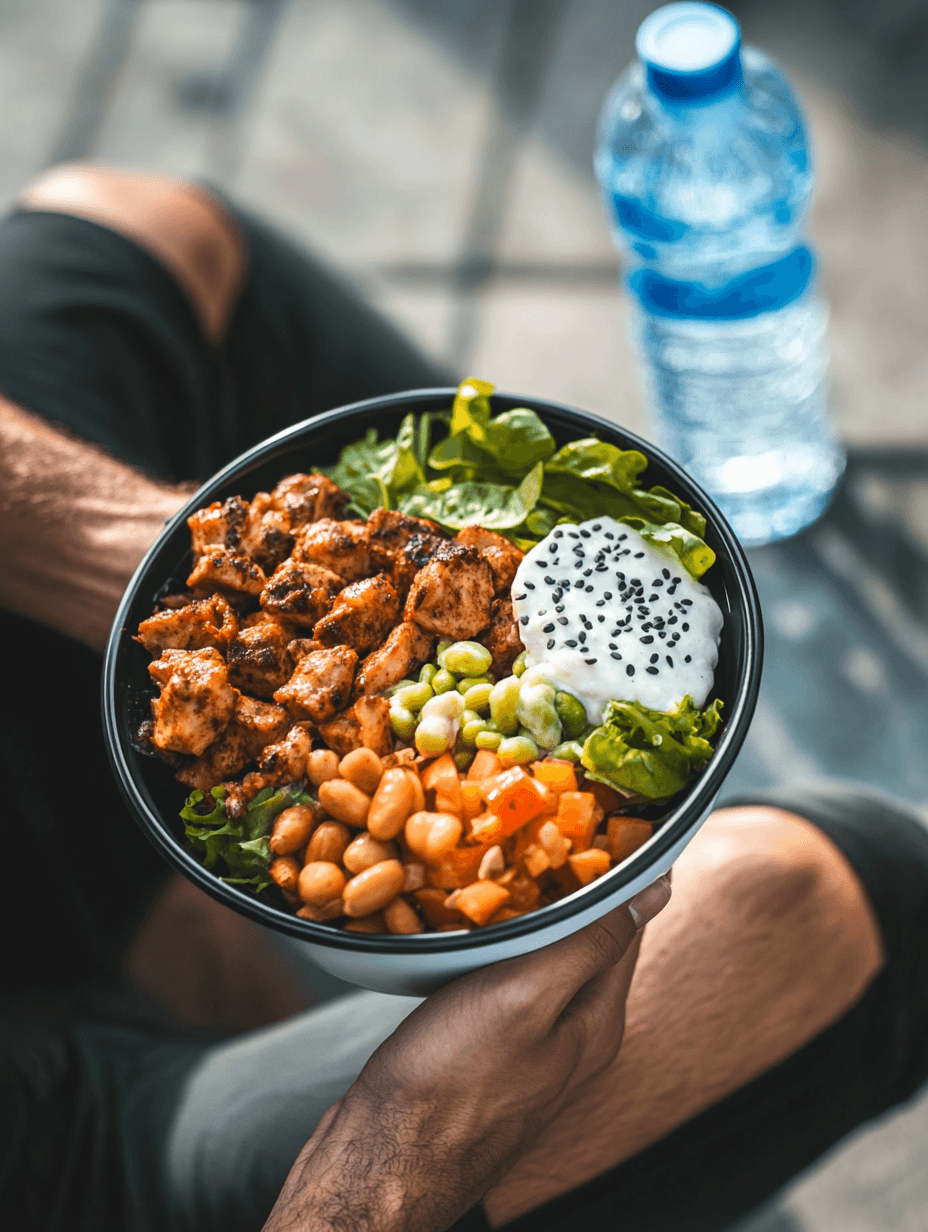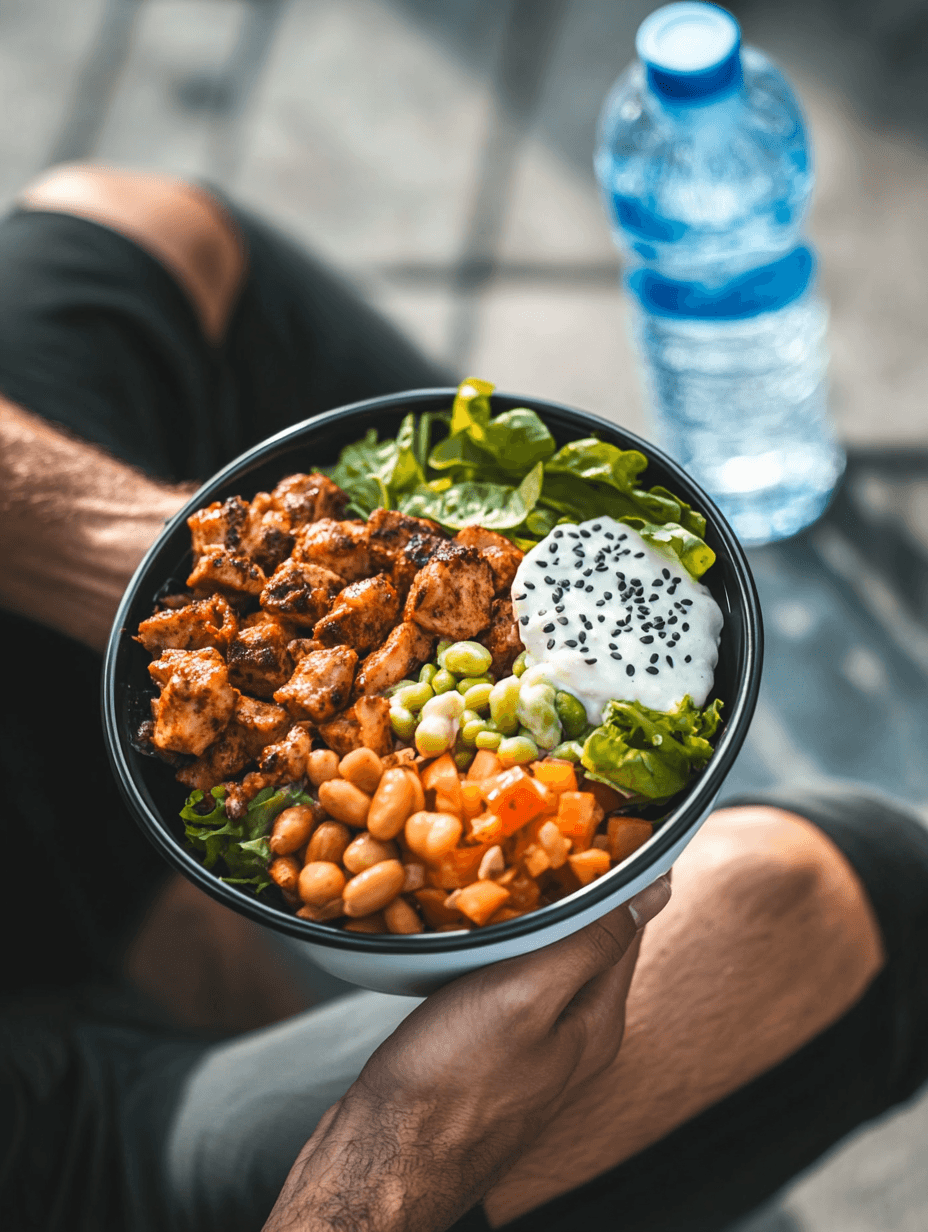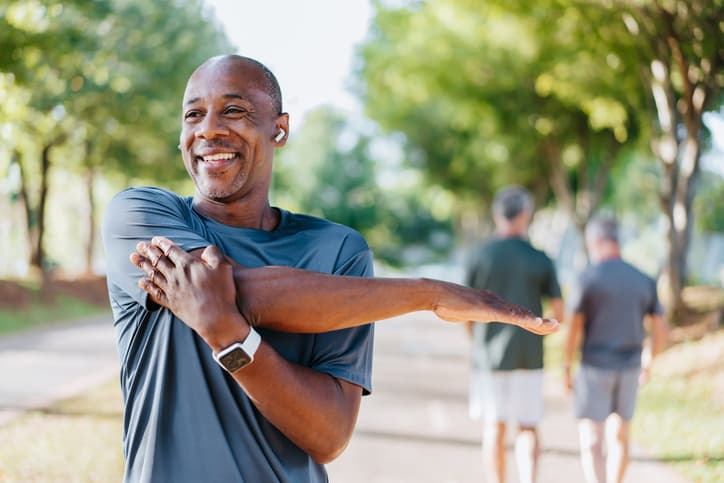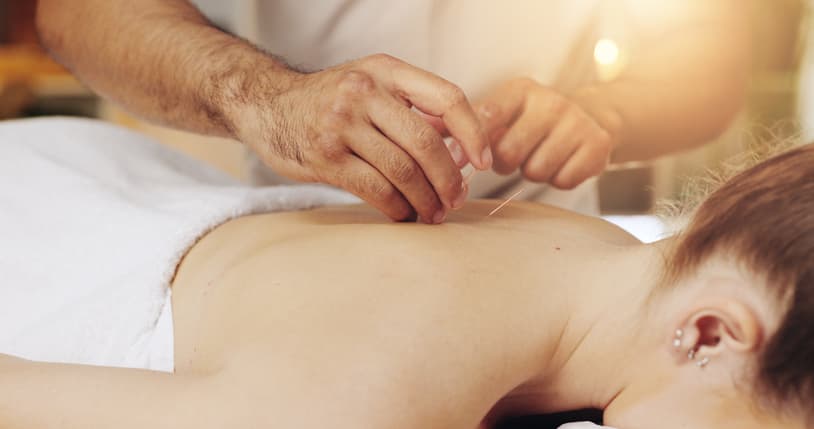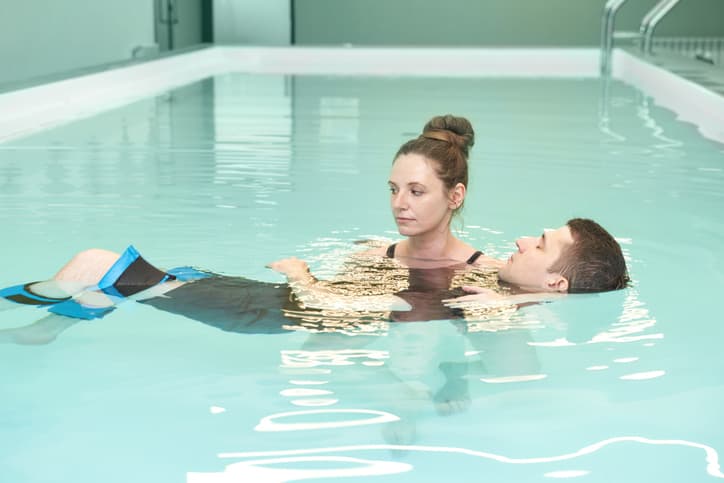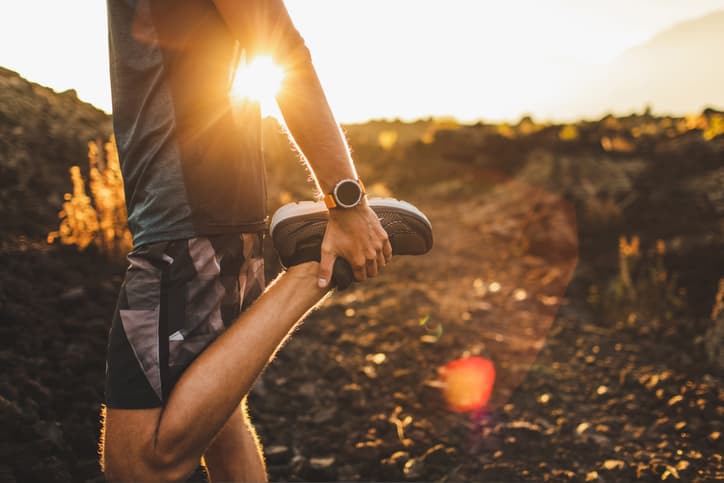Blog
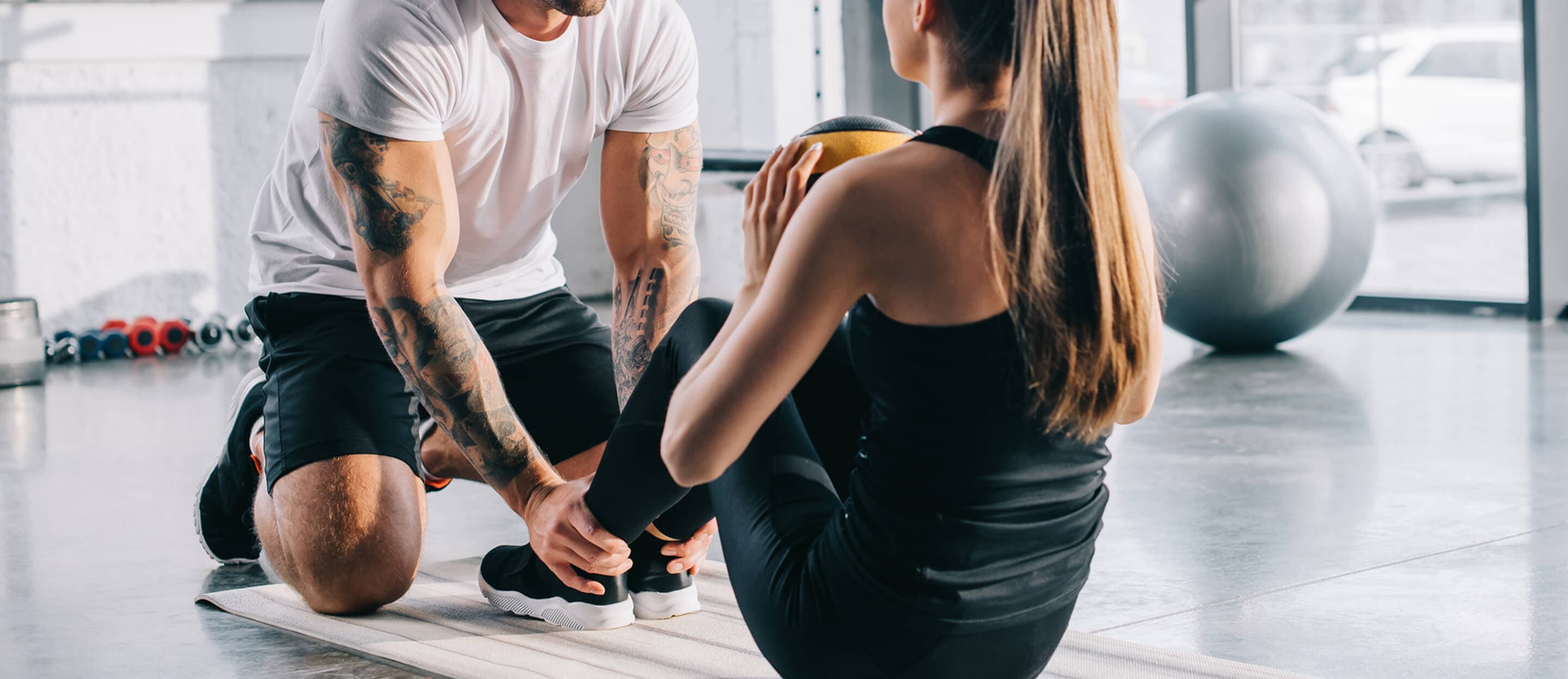

Rest or Quiet? The Importance of Relative Calm in Recovery
Rest is important, very important. Both mentally and physically. But can it sometimes be pernicious? And what types of rest exist? Leave it to us to narrow down your rest.
Complete rest
There are two types of rest: relative and complete rest. The meaning of complete rest seems obvious. In the physical therapy context, this means feet up and television on, accompanied by feeling unproductive. With a muscle tear, for example, the doctor will require you to rest for 6 weeks. In case of a bone fracture, you may even be put in plaster to rest for several weeks. So, in some cases, complete rest is 100% appropriate. In others, complete rest might just do more damage. In fact, in some cases, rest is absolutely pernicious.
Relative rest
You can start rehabilitation (relative rest) almost immediately with a muscle tear. No exhausting strength exercises from day 1, but stimulation of mobility and blood flow. Blood flow is an important factor because, after all, there is damage to the muscle. The more blood supplied to the area, the better for recovery. Along with light stimulation of the muscle, the muscle fibers will recover more optimally, so passive scar tissue will set less. Doesn't sound bad, does it?
Relative rest is also important for a healthy athlete. Sometimes, sports are on the agenda, but you just feel sluggish. In that case, you prefer to rest a bit before fueling more fatigue or ailments with an intense session. No, that doesn't mean feet up. Rather, go for a jog, stretch, or perform stabilization exercises at your leisure. You will see that by stimulating blood flow in your body, you will feel much better in your skin the day after!
Better early than late
So, when you have an ailment, complaint, or fatigue, choose early rehabilitation with relative rest rather than complete rest. This develops a better and healthier recovery. As a result, there is less risk of relapse as the muscle regains its normal, active structure. After as many as 6 weeks, you can restart the same activities but with more prepared muscles. So, rest (relatively) well! You already have our blessing.
